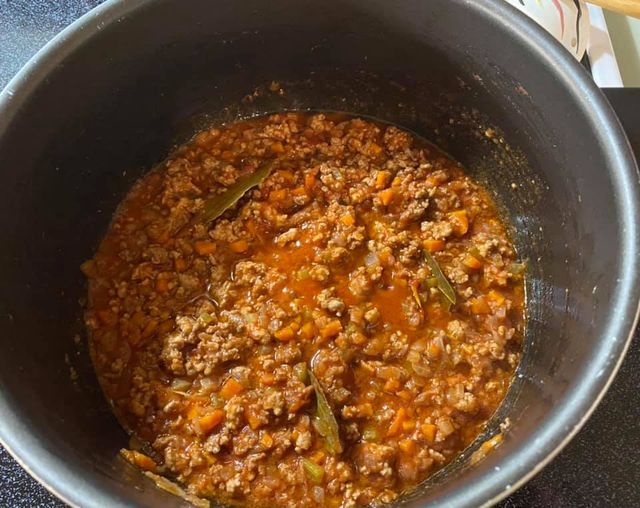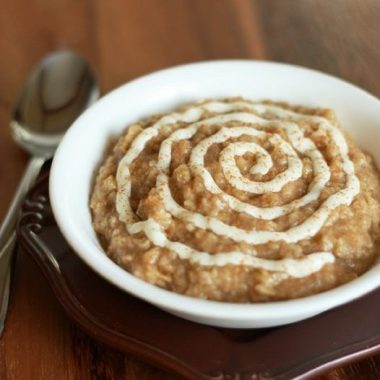Originating from the heart of Italy, Bolognese sauce is a culinary masterpiece that diverges from the conventional tomato-based spaghetti sauces. What sets this sauce apart is its velvety and thick texture, owing to the inclusion of milk as a key ingredient. Beyond the usual suspects like garlic and onion, Bolognese incorporates carrots and celery, weaving together a symphony of flavors that result in a savory and subtly sweet delight.
Ingredients Needed:
Carrots:
Transform these vibrant veggies into small cubes to infuse a delightful flavor without overwhelming the dish.
Onion:
Finely chop the onion to unlock its rich and aromatic essence, enhancing the overall flavor profile of the sauce.
Celery:
Precisely chop the celery into fine pieces, adding a subtle crunch and depth to the texture.
Garlic:
Opt for fresh garlic cloves or, if unavailable, use minced garlic. A mere 1/2 teaspoon equals the potency of one garlic clove.
Pancetta:
A delightful deviation from the norm, pancetta introduces a unique texture and flavor to elevate the sauce to new heights.
Ground Beef and Ground Pork:
A harmonious blend of 80/20 ground beef and ground pork imparts a distinctive taste that sets Bolognese apart.
White Wine:
Elevate the depth of the sauce with a generous splash of white wine, allowing the alcohol to gracefully evaporate.
Crushed Tomatoes and Tomato Paste:
Opt for canned crushed tomatoes for a thicker consistency, and enrich the texture further with tomato paste.
Chicken Broth:
Acting as the foundation, chicken broth seamlessly binds all the ingredients together, creating a cohesive flavor profile.
Whole Milk:
The secret ingredient that transforms Bolognese sauce into a culinary masterpiece, imparting creaminess and richness.
Salt and Pepper:
Tailor the seasoning to your preference by adding salt and pepper towards the end of the cooking process.
Making Of Bolognese Sauce:
Pulse Vegetables:
In a food processor, finely chop carrots, onion, celery, and garlic. Avoid over-pulsing to maintain a desirable texture. Set aside on a plate.
Pulse the Meat:
Coarsely chop the pancetta using the food processor, bringing a unique texture to the sauce.
Cook Pancetta:
Sauté the pancetta in a large skillet until it crisps (approximately 5-6 minutes). Set aside on a plate.
Cook and Crumble Meat:
Cook and crumble the ground beef and ground pork until fully cooked, ensuring small crumbles for optimal texture.
Deglaze:
Combine veggies, pancetta, and white wine in the skillet for deglazing purposes.
Add Ingredients:
Introduce crushed tomatoes, tomato paste, and chicken broth to the mix.
Simmer:
Allow the sauce to simmer on low for 2 hours, enabling flavors to meld and the texture to thicken.
Milk and Seasoning:
Add whole milk in the last 15 minutes of cooking. Season according to your taste preferences.
Serve Warm:
Indulge in the divine aroma as you serve the Bolognese sauce while still warm.
Bolognese Variations: For those less familiar with Bolognese, consider these tips and substitutions:
Recipe Substitutions:
Meat Substitutions:
If pancetta is elusive, explore alternatives such as prosciutto, bacon, salted pork, or smoked sausage for a unique twist.
Wine Substitution:
For those averse to wine, substitute with beef broth, recognizing it may subtly alter the taste.
Tomato Texture:
In the absence of crushed tomatoes, diced tomatoes can be used, though the consistency may be slightly thinner.
Storing Leftovers:
Refrigerator:
Store in an airtight container for up to 4 days.
Freezer:
Freeze in an airtight container or ziplock bag for up to 3 months, remembering to label with the date.
Reheating:
Thaw in the fridge and reheat on the stovetop or microwave, stirring every 20 seconds until heated through.
FAQs:
What makes Bolognese sauce different from traditional spaghetti sauce?
Bolognese sauce stands out due to its creamier and thicker consistency, primarily achieved through the addition of milk. The inclusion of carrots, celery, and pancetta further distinguishes it from typical tomato-based sauces.
Can I substitute pancetta with other ingredients?
Certainly! Prosciutto, bacon, salted pork, or smoked sausage can be delightful alternatives to pancetta.
Is the use of white wine essential, and can it be replaced?
While white wine contributes to the depth of flavor, it can be substituted with beef broth for those who prefer to omit alcohol. Be mindful that this may slightly alter the taste.
Can diced tomatoes replace crushed tomatoes?
Yes, diced tomatoes can be used as a substitute, though the resulting consistency may be slightly thinner.
How long can Bolognese sauce be stored?
In the refrigerator, it can be stored in an airtight container for up to 4 days. When frozen, it remains good for up to 3 months.


